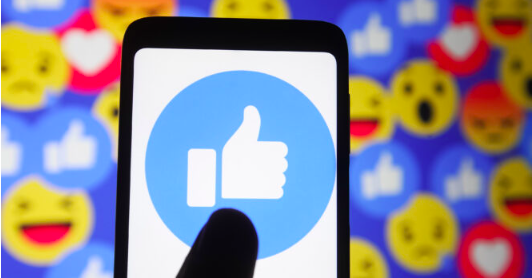Introduction
The way we communicate online constantly evolves, with emojis becoming essential tools for expressing emotions and context. However, not all emojis are created equal across generations. A recent trend has surfaced where Gen Z, individuals born between the mid-1990s and early 2010s, has labeled the traditional thumbs-up emoji (👍) as passive-aggressive and outdated. Let’s explore why this emoji has fallen out of favor and how communication norms are shifting in the digital age.
Why Gen Z Rejects the Thumbs-Up Emoji
The thumbs-up emoji, long seen as a simple way to signal agreement or acknowledgment, has recently taken on negative connotations among younger users. Gen Z perceives it as:
- Passive-Aggressive Tone: The thumbs-up emoji can come across as dismissive or lacking genuine engagement in conversations.
- Lack of Context: In the nuanced world of digital communication, simple affirmative emojis can feel impersonal or ambiguous.
- Generational Shift: As digital natives, Gen Z prefers more expressive and dynamic emojis that better convey emotions.
Preferred Emoji Choices by Gen Z
Instead of the thumbs-up emoji, Gen Z leans toward emojis that provide warmth, humor, or personality. Some popular alternatives include:
- Heart Emojis (❤️, 🤍): To express positivity or agreement in a more affectionate tone.
- Face Emojis (😉, 🤩): These emojis convey playfulness and emotion, making conversations more engaging.
- Creative Reactions (👌, 🕺): More dynamic and modern ways to communicate enthusiasm or approval.
The Role of Emojis in Workplace Communication
The thumbs-up emoji controversy also extends to professional communication. Older generations often view it as a polite and concise acknowledgment, while Gen Z may interpret it as cold or dismissive. To bridge the communication gap, workplaces must embrace diverse communication styles and find a middle ground.
Tips for Effective Emoji Use Across Generations
- Know Your Audience: Tailor your emoji usage based on the preferences and norms of the recipient.
- Add Context: Combine emojis with clear messages to avoid ambiguity.
- Stay Updated: Keep up with emerging emoji trends to maintain relatable communication.
- Avoid Overuse: Balance emoji use to maintain professionalism in work environments.
Conclusion
As digital communication continues to evolve, the thumbs-up emoji’s journey from universal approval to passive-aggressive connotation highlights generational differences in online expression. Understanding these shifting preferences can foster more meaningful and respectful interactions across generations. Embrace change and stay open to the evolving language of emojis—after all, communication is all about connection.

















